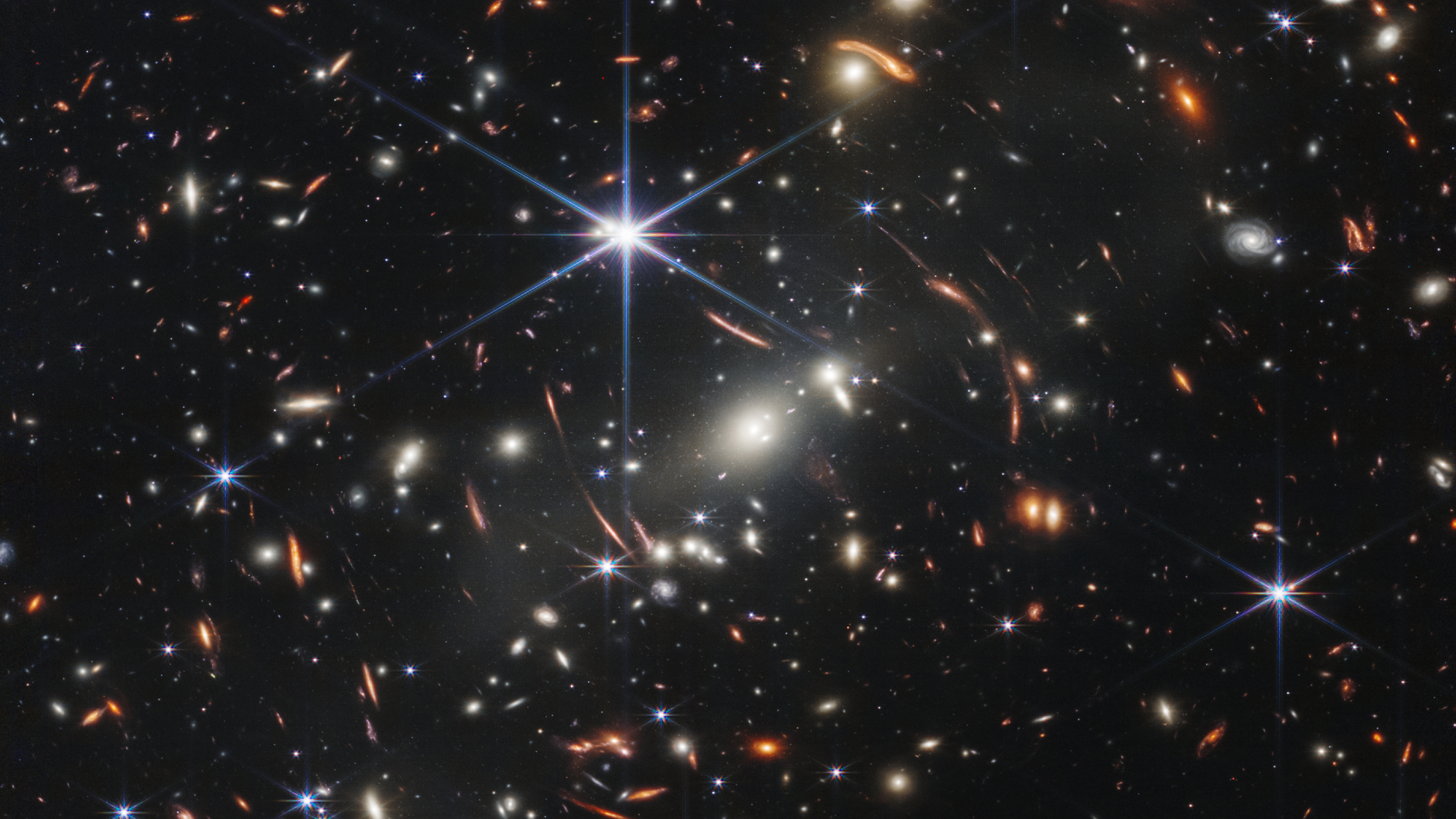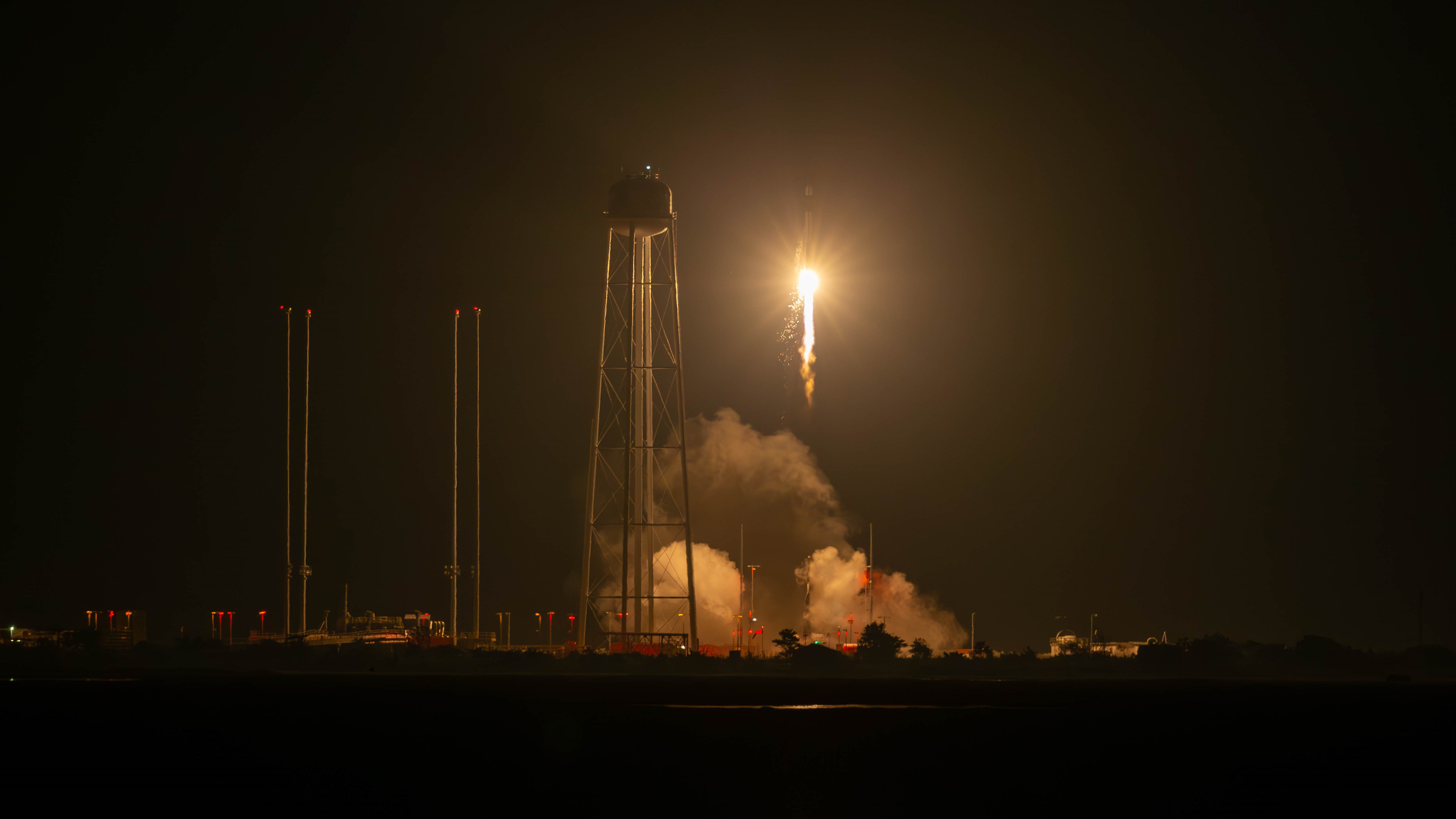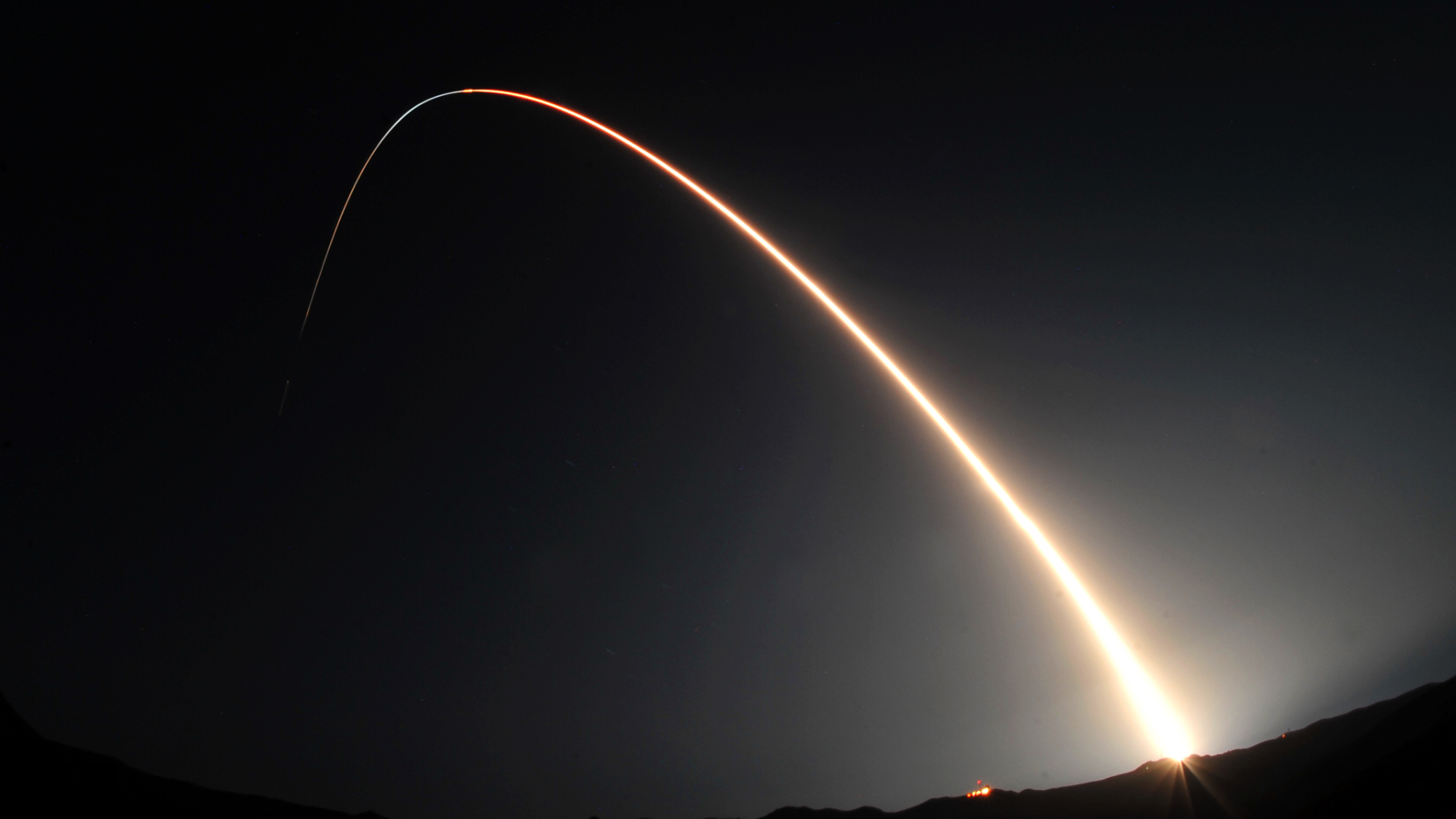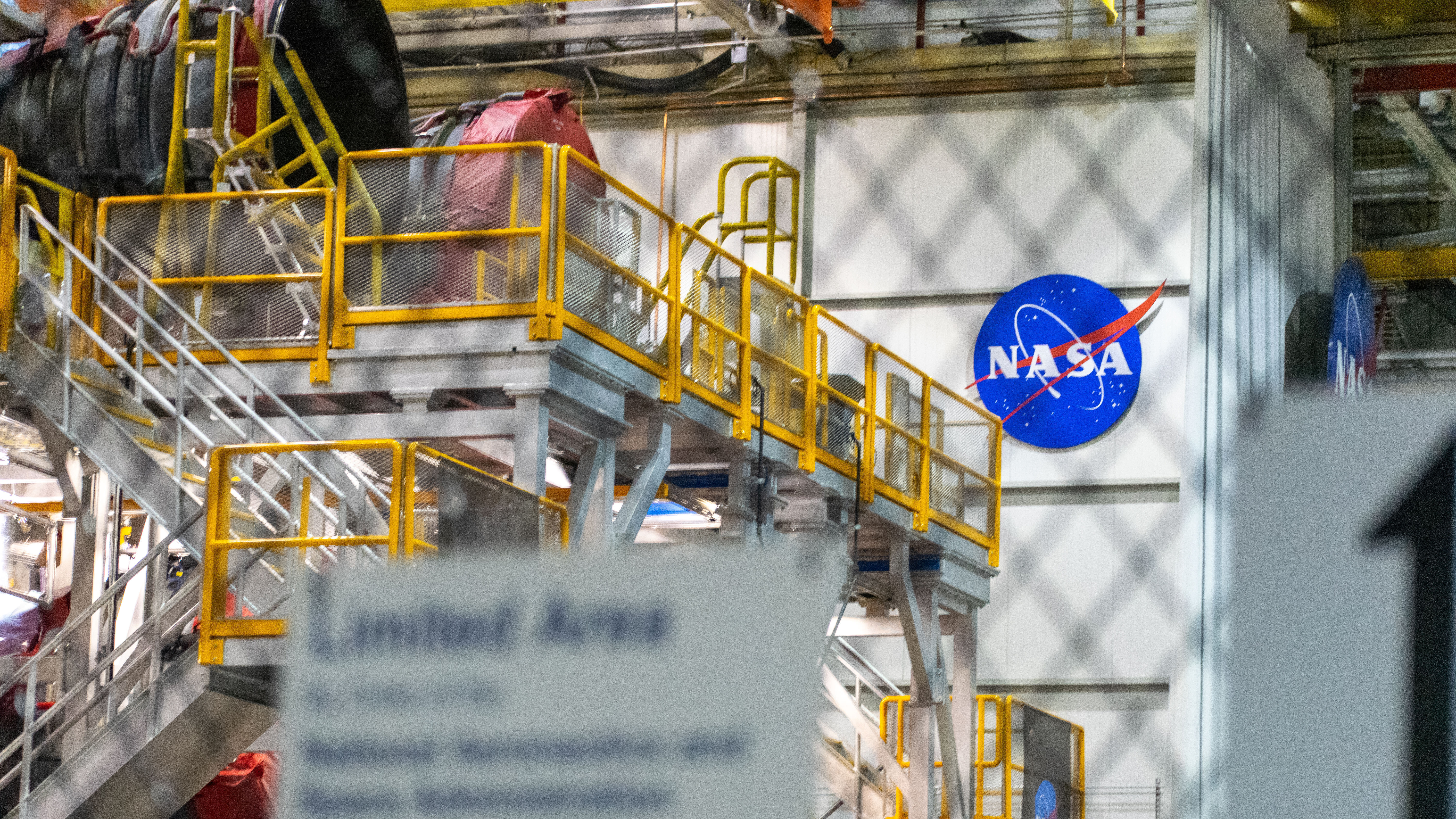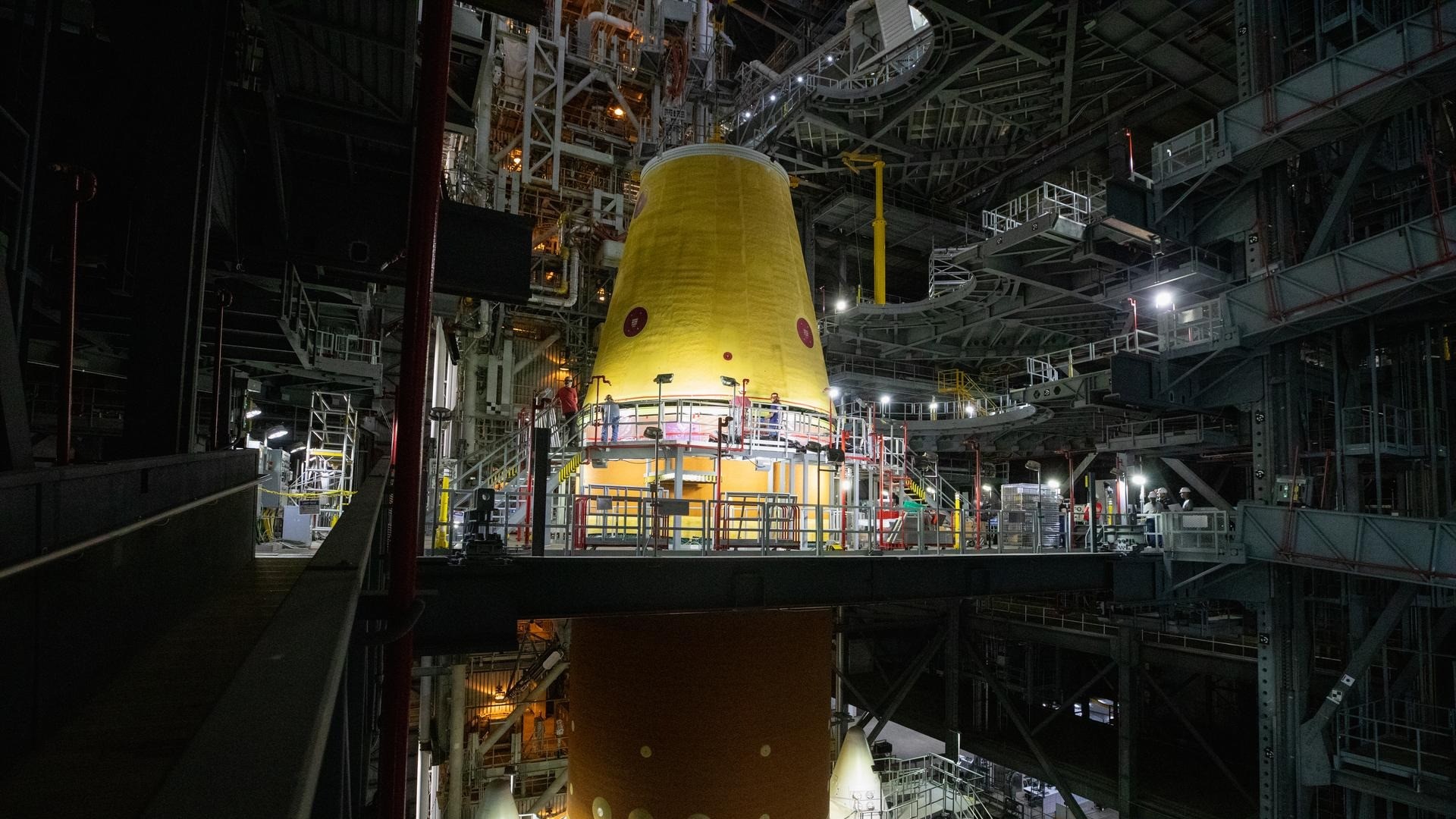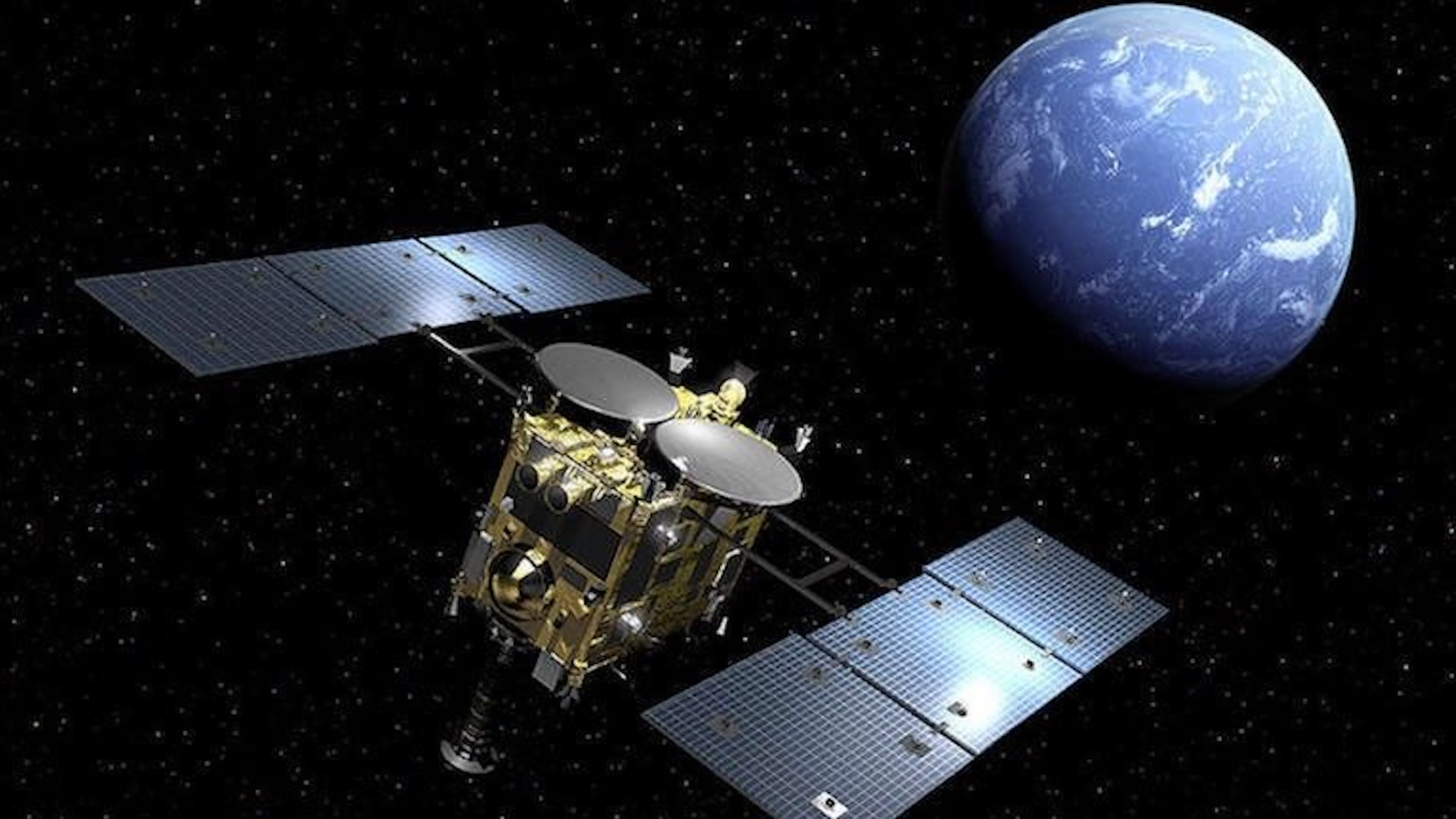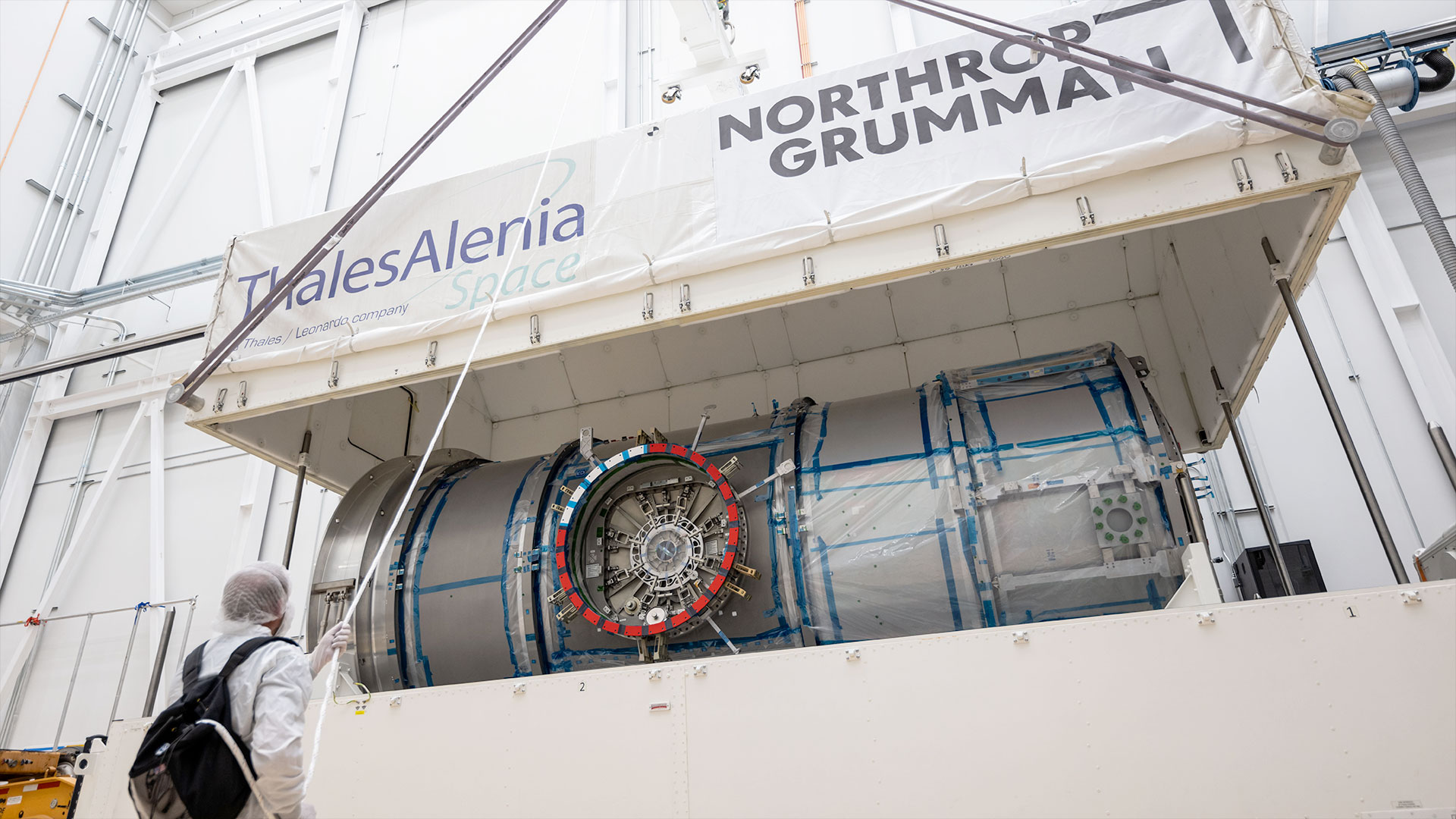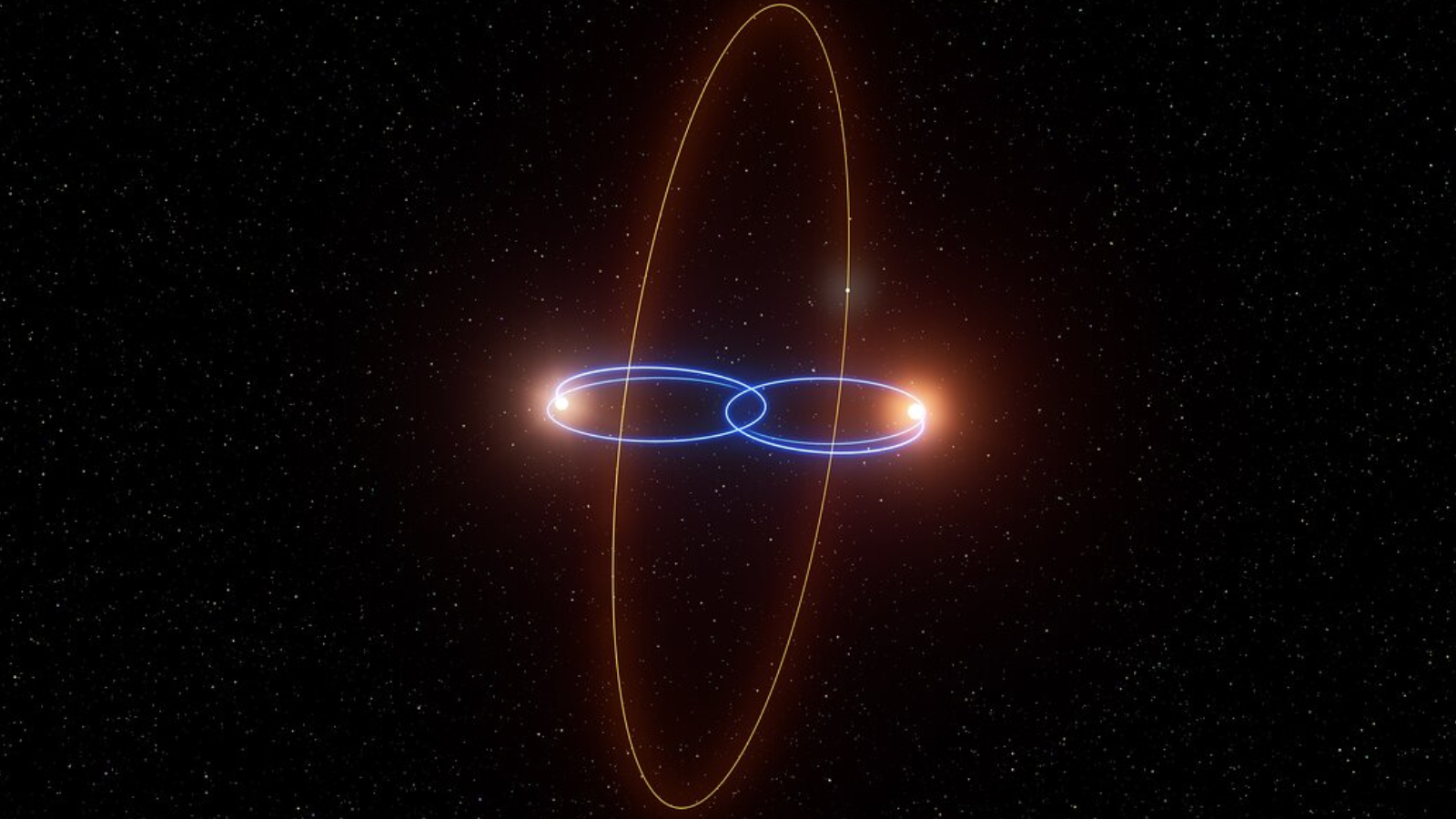How can we protect satellites in Earth-moon space? This new software could help
Our existing analytical infrastructure "is not equipped to provide the needed coverage in cislunar space."
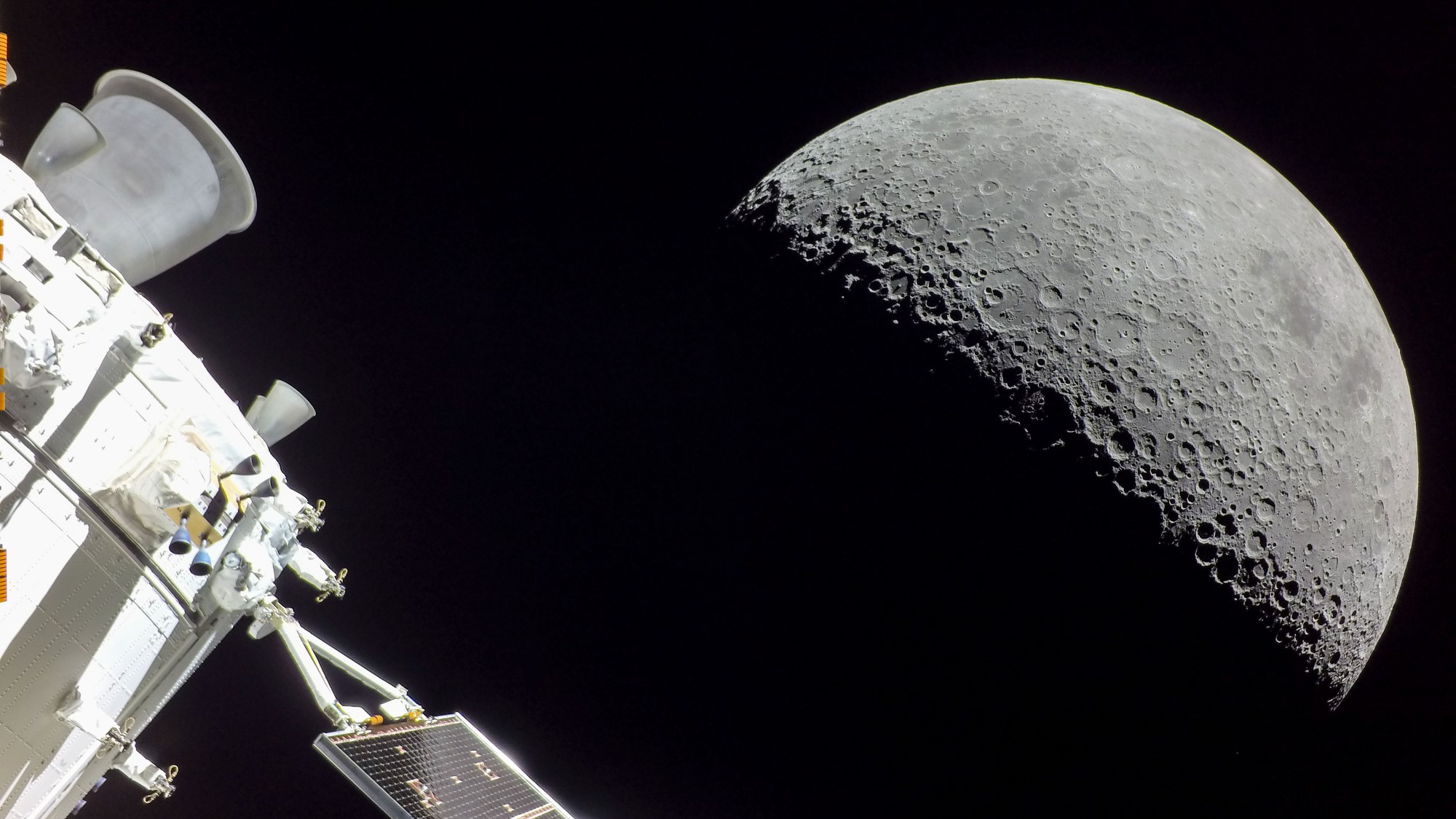
As the space around Earth becomes increasingly cluttered with human-made junk, scientists are ramping up their efforts to safeguard satellites in real time.
The latest in that effort are new algorithms being developed at the University of Central Florida (UCF) to automatically monitor and protect spacecraft from bumping into satellites and asteroids in cislunar space — the realm between Earth and the moon, which is under the gravitational influence of both celestial bodies.
Because cislunar space is so vast, tracking and predicting the orbits of satellites, spent rocket stages and asteroids is a challenging task, scientists say.
Related: More lunar missions means more space junk around the moon
The existing infrastructure "is not equipped to provide the needed coverage in cislunar space," Tarek Elgohary, an associate professor of aerospace engineering, said in a UCF statement. "There is a need for fast and accurate solutions to quantify uncertainties to improve predictions and provide [space domain awareness] information in the absence of continuous coverage."
The new algorithms are being designed to autonomously track objects and predict collisions in low Earth orbit (LEO), which is expected to become increasingly crowded in the coming decade. Elgohary said the same tools, whose development is largely being funded by the Virginia-based Air Force Office of Scientific Research, could also be used to monitor ships at sea, predict their paths and "spot suspicious behavior in real time."
"Space and maritime domains share a lot of similarities in terms of the lack of continuous coverage of spacecraft or vessels, the large size of the search domain and the need for the capability to predict maneuvers," Elgohary said in the statement. "Maritime domain awareness may require shorter time scales; however, with the expansion of space missions, space domain awareness operations have been reduced from weeks and days to hours and minutes."
Get the Space.com Newsletter
Breaking space news, the latest updates on rocket launches, skywatching events and more!
24-7 rush hour in space
Last year, the number of satellites circling our planet increased by nearly 3,000 — 15% more than were aloft in 2022, according to a report by Slingshot Aerospace published in April. Among more than 12,500 total satellites in orbit, 3,000 are inactive and are "taking up valuable space," Melissa Quinn, the general manager at Slingshot, said in a news release.
Although a vast majority of those inactive satellites were retired into "graveyard orbits" at the end of their lives, the average distance between satellites in orbit shrank last year owing to the surge in satellite launches, and the trend is expected to continue as new spacecraft continue to go up, the report stated.
"The industry has been saying space is becoming more congested for years, but now reality is setting in and the pressure is on to address the increasing risk in orbit," said Quinn. "With LEO becoming more crowded than ever, there is a real risk to satellites that provide valuable services including internet, weather forecasting and land-use tracking."
"This presents a critical need to work together in order to protect everyday life on Earth," she added.
Experts have been sounding the alarm bells for years about the harmful effects of the growing space junk population. In October of last year, for example, researchers who analyzed filings with the International Telecommunication Union (ITU), a United Nations agency responsible for granting spaces in orbit for satellite use, found that more than 1 million satellites have been proposed to be sent to LEO.
"If even a portion of these million satellites are actually launched, national and international rules will be needed to address the associated sustainability challenges, like collision risks, light pollution and reentry risks," Andrew Falle, a researcher at the University of British Columbia's Outer Space Institute and lead author of the new study, told Space.com at the time.
And this month, a NASA report concluded that shrinking the timeline to deorbit defunct spacecraft to less than five years is one of the most cost-effective ways to reduce junk in Earth orbit. The report was based on a simulation of how space debris evolves over 30 years and financial costs incurred by satellite operators due to maneuvers to avoid mission-ending collisions with other satellites or debris. It also found just-in-time collision avoidance that nudges debris out of the path of collision and removing centimeter-size debris from orbit "may return benefits that are 300 and 100 times their costs, respectively."
Questions remain about the effects satellite reentries have on Earth's atmosphere. Last October, for instance, a group of researchers reported that they'd found vaporized metal left over from satellite re-entries in the stratosphere, which is home to our planet's fragile, life-supporting ozone layer.
Join our Space Forums to keep talking space on the latest missions, night sky and more! And if you have a news tip, correction or comment, let us know at: community@space.com.

Sharmila Kuthunur is a Seattle-based science journalist focusing on astronomy and space exploration. Her work has also appeared in Scientific American, Astronomy and Live Science, among other publications. She has earned a master's degree in journalism from Northeastern University in Boston. Follow her on BlueSky @skuthunur.bsky.social


